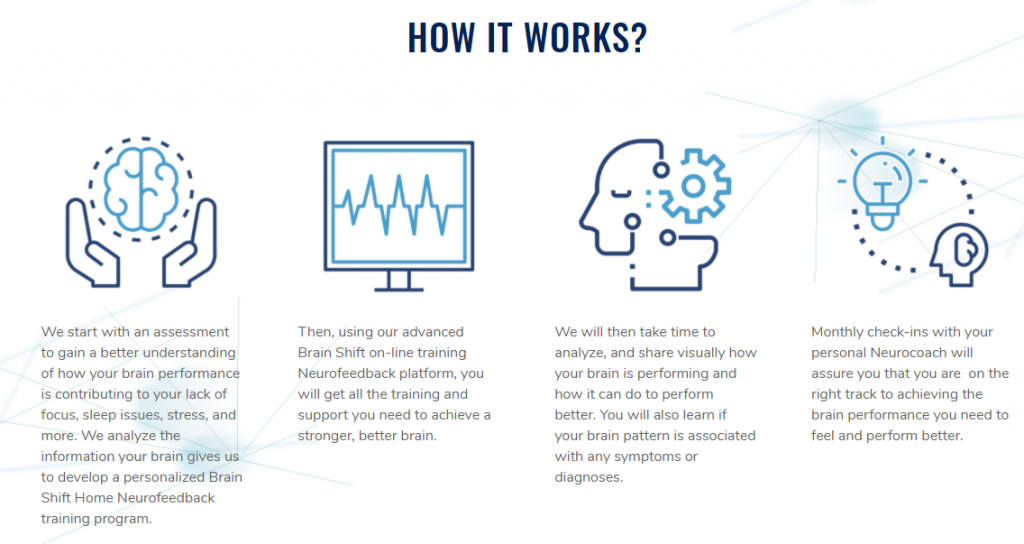Biofeedback is a method that educates individuals how to control certain bodily processes by using indicators from their own physiology. This approach involves employing sensors that monitor physiological responses such as heart rate, muscle tension, and skin temperature. By providing real-time feedback, individuals can learn to identify their body's responses to pain and stress. This consciousness allows them to develop strategies to manage their pain more efficiently. For instance, if a person observes that their muscle tension rises when they are in pain, they can utilize relaxation techniques to help alleviate that tension.

One of the key advantages of biofeedback is that it enables patients to take an active role in their pain management. Instead of relying solely on medications or treatments from healthcare providers, individuals can gain to comprehend and regulate their own physiology. This feeling of control can lead to enhanced confidence and a more optimistic outlook on life. Many individuals indicate feeling more in charge of their pain and less like victims of their condition. This shift in mindset can significantly enhance their quality of life.
Studies has shown that biofeedback can be beneficial in alleviating chronic pain symptoms. Research suggest that individuals who employ biofeedback methods often undergo less pain and better physical ability. Additionally, biofeedback can help lessen anxiety and stress, which are frequent issues for those brain mapping for cognitive neuroscience living with chronic pain. By addressing both the physical and emotional aspects of pain, biofeedback offers a holistic approach to pain management. This comprehensive method can lead to better outcomes for patients, allowing them to engage more fully in their daily activities.
In conclusion, biofeedback is a valuable tool for transforming chronic pain management. By educating patients to comprehend and regulate their physiological reactions, biofeedback enables individuals to take control of their pain. This method not only helps reduce pain but also enhances overall quality of life. As more individuals look for options to conventional pain management methods, biofeedback stands out as a promising option. With continued research and recognition, biofeedback could turn into an integral part of chronic pain therapy, helping patients lead healthier, more fulfilling lives.